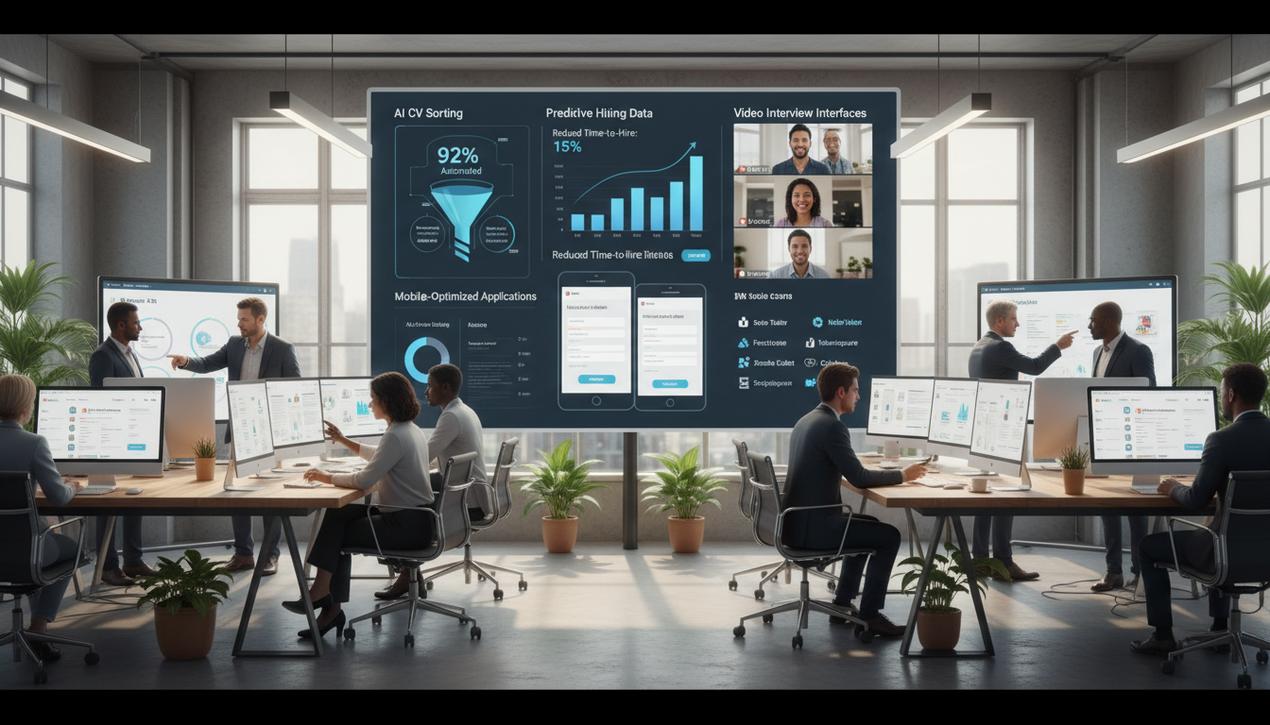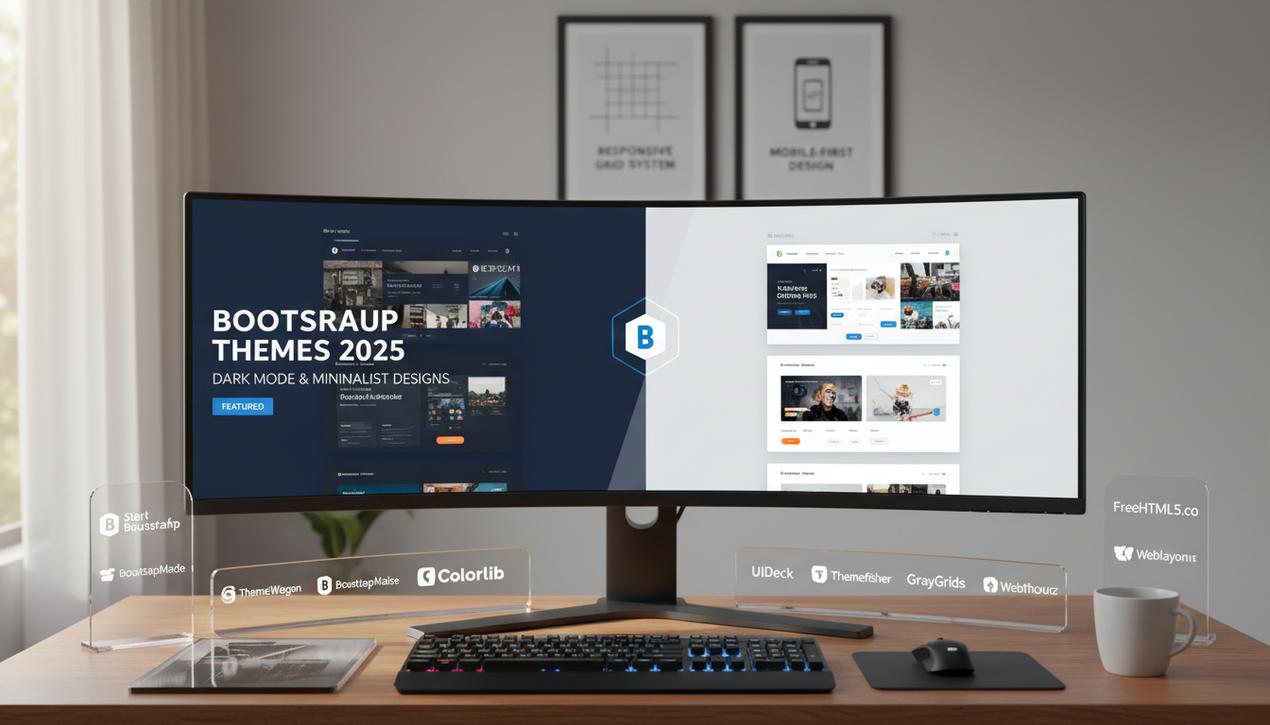How to Create a Favicon: A 2025 Guide and Top Free Tools
In the world of web design, some details seem minor yet have a colossal impact on user experience and brand identity. The favicon is a perfect example. This tiny icon, nestled in your browser tab, is far more than just a decoration. It’s the face of your website, an instant visual landmark for your visitors. In 2025, with online competition fiercer than ever, neglecting this small 16×16 pixel square is a strategic mistake. Branding studies show that visual consistency can increase brand recognition by up to 80%. The favicon is the first and most constant of these visual signatures. It reinforces professionalism, simplifies navigation across multiple tabs, and embeds your identity in your users’ bookmarks. This comprehensive guide will not only explain why a favicon is essential but also introduce you to the 13 best free generators to create your own, even with zero design skills.
Why a Favicon Is a Strategic Asset for Your Website
Far from being a simple gimmick, the favicon is a fundamental component of your online presence. Its influence is felt on several levels: brand identity, user experience (UX), trust, and even indirectly, search engine optimization (SEO).
Strengthening Brand Identity and Recognition
The favicon is an extension of your logo and your brand’s style guide, much like the choice of specific web safe fonts for your website. It’s often the first visual contact a user has with your brand in search results or on a browser tab. A clear, recognizable icon helps you stand out immediately in a sea of open tabs or a long list of bookmarks. This instant recognition creates a sense of familiarity and reinforces brand recall.
Drastically Improving User Experience (UX)
The average user has multiple tabs open at once. A site without a favicon is represented by a generic globe icon, making it difficult to spot. A distinctive favicon allows users to navigate quickly and return to your site effortlessly. This simplification of navigation, though subtle, reduces friction and improves overall user satisfaction. A visitor who can easily find what they’re looking for is a visitor who is more likely to stay and come back.
Establishing Professionalism and Trust
A website without a favicon can appear amateurish or incomplete. This small detail is a sign of professionalism and attention to quality. It shows that you have taken the time to polish every aspect of your site, which inspires confidence. For an e-commerce site, for instance, every element that strengthens credibility can have a direct impact on the conversion rate.
Technical Specifications for a Modern Favicon
The days when a single 16×16 pixel .ICO file was sufficient are long gone. To display correctly across all browsers, devices, and operating systems (including mobile app icons), a modern favicon must adhere to certain technical standards.
Formats: From Traditional .ICO to Flexible SVG
While the .ICO format remains a safe bet for maximum compatibility, the .PNG format is widely used for its ability to handle transparency. The strong trend in 2025, however, is the SVG (Scalable Vector Graphics) format. An SVG favicon is a vector file, meaning it can be resized infinitely without any loss of quality. It is also extremely lightweight and can be animated or modified with CSS, offering unparalleled flexibility.
Sizes and Resolutions for Perfect Visibility
A single file is no longer enough. For perfect sharpness on all screens, from desktops to high-resolution smartphones, it’s recommended to provide several sizes. This is a critical aspect of modern mobile app design in 2025. The most common sizes include:
- 16×16 pixels (for desktop browsers)
- 32×32 pixels (for the Windows taskbar)
- 48×48 pixels (for Windows applications)
- 96×96 pixels
- 180×180 pixels (for the Apple home screen icon)
- 192×192 and 512×512 pixels (for Android web app icons)
Adapting to Dark Mode
With the massive adoption of dark mode across operating systems and browsers, it’s crucial to ensure your favicon remains visible and aesthetically pleasing on both light and dark backgrounds. An emerging trend is to create dynamic favicons that change based on the user’s theme, a feature made possible with the SVG format and a little bit of code.
The Top 13 Free Favicon Generators in 2025
You don’t need to be a graphic designer to create a quality favicon. Many free online tools allow you to generate professional favicons in a few clicks from an image, text, or even an emoji.
- Favicon.io: One of the most versatile and intuitive tools available. It allows you to create a favicon from an image, text (letting you choose the font and color), or an emoji. Its clean interface makes it an excellent starting point.
- Real Favicon Generator: This is the go-to tool for professionals. It doesn’t just create an .ICO file; it generates the full set of icons needed for all devices (Apple, Android, etc.) and provides the exact HTML code to integrate into your site.
- Favic-o-matic: Very comprehensive, it offers a simple image conversion option and an advanced option that generates all the favicon sizes needed for universal compatibility, including for mobile apps.
- Favicon Generator (favicon-generator.org): A simple and effective tool. You upload your image (JPEG, PNG, GIF), and it converts it into an .ICO file that you can then add to your site.
- Genfavicon: Allows you to create a favicon in three simple steps. Its advantage is letting you choose the icon’s size during the creation process and previewing the result.
- X-Icon Editor: Ideal for those who want to draw their favicon pixel by pixel. It offers basic drawing tools (brush, eraser, paint bucket) for maximum customization.
- Favicon.cc: Similar to X-Icon Editor, it allows you to draw your icon or import an image. Its unique feature is the ability to create animated favicons in .GIF format.
- Wizlogo: This tool stands out for its user-friendly interface. It’s very easy to use but requires registration to download the final file.
- Antifavicon: An original approach that doesn’t use an image. You enter text (one or two letters), choose the colors, and it generates a simple and effective text-based icon.
- Small SEO Tools Favicon Generator: As part of a suite of SEO tools, this generator is highly functional. It supports many formats and generates a wide range of dimensions.
- Favicon.pro: In addition to image conversion, this site offers step-by-step guides to help you integrate the favicon on your site after it’s created.
- SVG Favicon Maker: Specifically designed for the SVG trend, this tool allows you to create vector favicons that adapt perfectly to all screens and dark mode.
- Icon-Convert: A powerful online converter that supports a multitude of input and output formats, giving you complete control over the final result.
How to Add Your Favicon to Your Website
Once your favicon is created, you need to install it. The method varies slightly depending on your platform.
The Classic HTML Method
The universal method involves uploading your favicon files to the root directory of your website and then adding a few lines of code to the <head> section of your HTML pages. The code generally looks like this:
<link rel="icon" href="/favicon.ico" sizes="any">
<link rel="icon" href="/favicon.svg" type="image/svg+xml">
<link rel="apple-touch-icon" href="/apple-touch-icon.png">Integration on WordPress
WordPress greatly simplifies the process. Go to “Appearance” > “Customize.” Look for the “Site Identity” tab. There, you will find a “Site Icon” option where you can directly upload your image (preferably square and at least 512×512 pixels). WordPress will handle resizing and integrating it.
Integration on Shopify
On Shopify, the procedure is just as simple. In your admin dashboard, go to “Online Store” > “Themes.” Click “Customize” for your current theme. In the theme settings, look for a “Favicon” section and upload your image file.
Ultimately, creating and installing a favicon are simple, quick, and usually free actions. Yet, their impact on your brand’s perception and your users’ comfort is very real. It’s one of those details that, when combined, transform a functional website into a professional and memorable brand experience. Take a few minutes to choose one of the tools from this list and give your site the icon it deserves.




